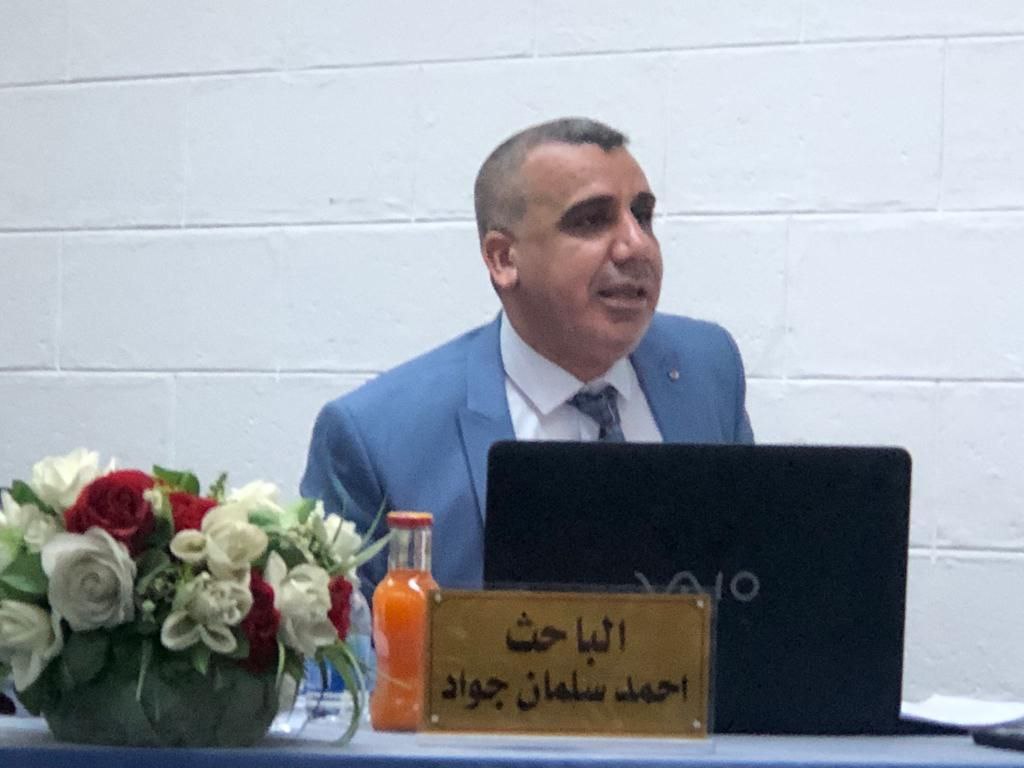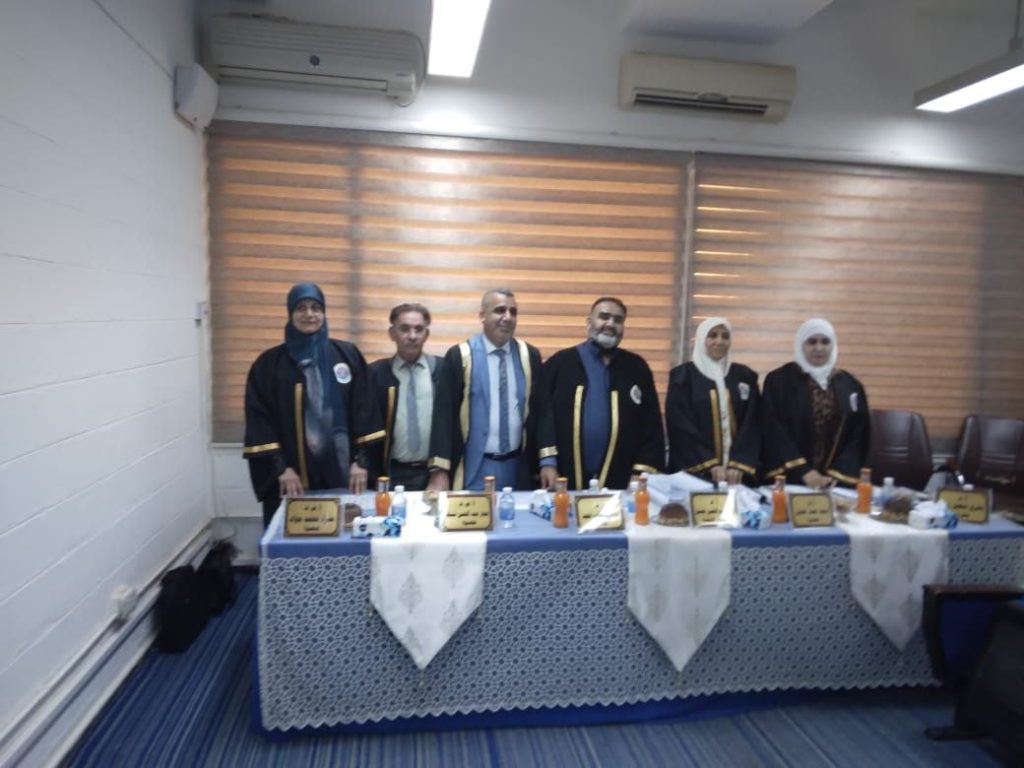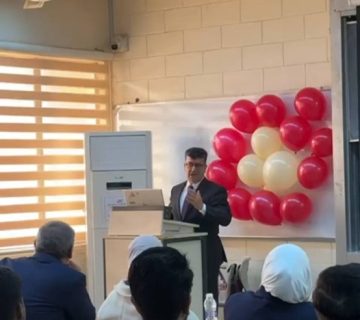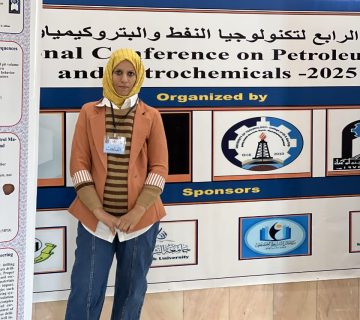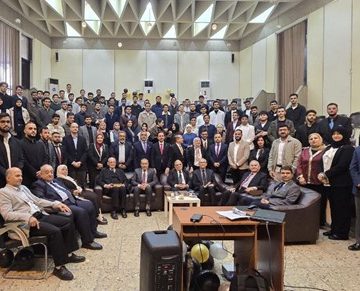thesis in the Department of Civil Engineering. The title of his research is “Numerical Modeling and Analysis of Pile-Soil Interaction under Earthquake Using the Hypoplasticity Model.” The defense took place on Thursday, September 28, 2023, under the supervision of Dr. Bashra Suhail Zabar.
The thesis committee included the following members:
Dr. Amal Abdulghani Hussein (University of Baghdad / College of Engineering) – Committee Chair.
Dr. Amjad Hamad Khalil (University of Baghdad / College of Engineering) – Committee Member.
Dr. Mahmoud Ziyab Ahmed (University of Baghdad / College of Engineering) – Committee Member.
Mr. Amar Abdulhassan Sheikha (University of Baghdad / College of Engineering) – Committee Member.
Dr. Azraa Mohammed Jawad Hassan (University of Kufa / College of Engineering) – Committee Member.
Dr. Bashra Suhail Zabar (University of Baghdad / College of Engineering) – Thesis Supervisor.
The analysis of soil-pile-structure systems subjected to seismic stress using an
efficient model (the hypoplasticity model) is the goal of this study. The
hypoplasticity constitutive model is implemented using the UMAT subroutine,
which is then incorporated as a dynamically linked library (DLL) in the PLAXIS 3D
finite element program. This model predicts with accuracy the soil response to
various soil densities, stress levels, and loading conditions. The software and
model's ability to simulate soil-pile interaction was validated with related prior
experiments and numerical modeling results conducted using different
constitutive models.
A parametric study was carried out to investigate the importance of the analysis
of soil-pile interaction under seismic excitation using a hypoplasticity soil model
by considering the impact of soil stratification, soil stiffness, soil type, the
frequency of the input motion, pile spacing (S/D), and the slenderness ratio (L/D).
Such analyses are valuable in leading to a better understanding of the details of
piled foundations under seismic excitation loads and simplifying and making
understandable the complex nature of the seismic analysis.
The numerical analysis results exhibited that increasing pile spacing to (S/D=3 and
S/D=4) compared to basic spacing S/D=2, increase the settlement of piled
foundation system embedded in homogenous dry loose sandy soil by 13% and 22
%, whereas, increasing pile spacing, reveal that a less significant vertical response
was observed in the case of stratified soil (three layers) as compared to the cases
of homogenous (one layer) and stratified soil (two layers) under the impact of
strong motion (Kobe,0.82g). The numerical analysis, also exhibited that an
increase in spacing among piles to (S/D=3 and S/D=4) compared to the basic
spacing S/D=2, increases the horizontal displacement of piled foundation
embedded in saturated loose sandy soil by (34 and 54) % and (3 and 5) % for Kobe
and Upland earthquakes motion respectively.
The effect of earthquake intensity and duration on liquefaction potential in terms
of pore water pressure ratio has appeared more prominent in strong motion
Kobe, where the soil has exhibited initial liquefaction and pore water pressure
ratio ranges between (1.22 and 1.48) which exceeds the value of 1 for different
pile lengths and spacing. On the other hand, in the Upland earthquake, the
occurrence of initial liquefaction seems unclear since the average maximum pore
pressure ratio, ru, ranges between (0.67 and 0.77).

